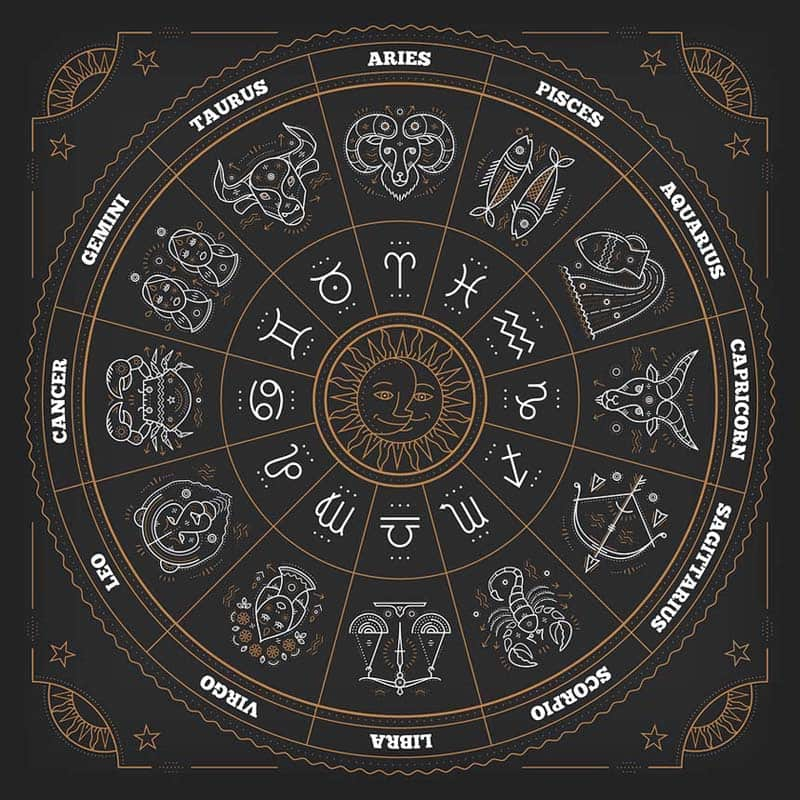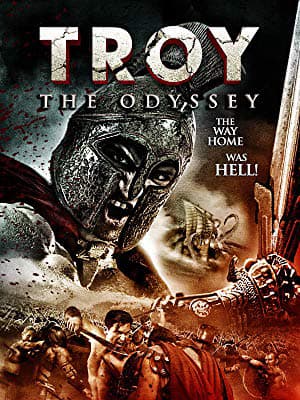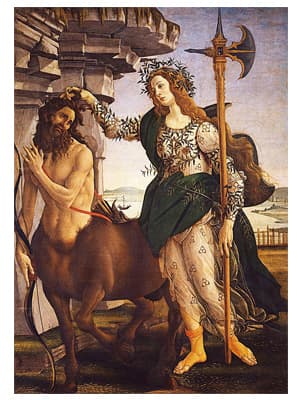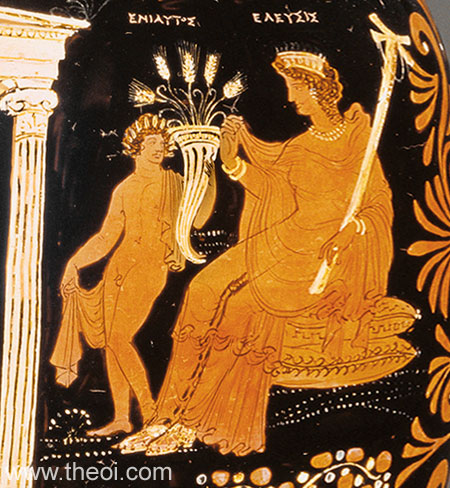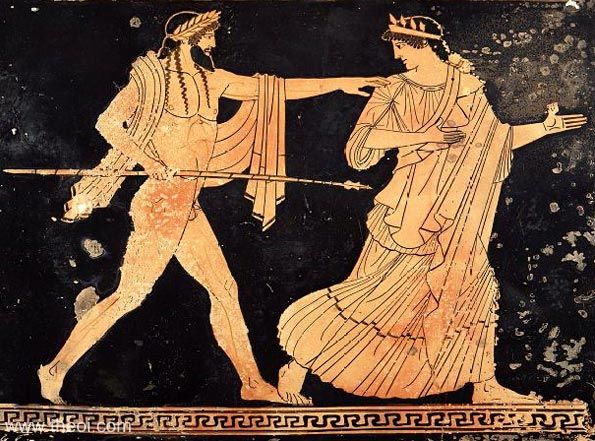
Astrology goes back to ancient times. There is no exact idea of who came up with the idea first, but one of the original regions that made astrology popular among its people was Greece. The concept of the connection between the position of the stars and the fate of a person is an irresistible idea to most. As you may know, Greek history and traditions have had a significant impact on western society and culture.
Astrology and horoscope readings are a huge part of this influence, and to this day, astrology continues to be an explored subject in America and other countries around the world.Astrology is an idea that will always be around because of its mysteriousness and mysteriously accurate predictions.
The Greeks and the Stars
The people of ancient Greece were always fascinated by the stars and the other celestial bodies in the night sky. Although astrology is primarily about determining a person’s personality or fortune, it requires a knowledge of the position of the stars and planets; astronomy is an important aspect of astrology. To make a prediction using outer space, you must first know about the universe itself and all it includes, at least that which you can see from the surface of Earth.
Historical philosophers from ancient Greece played a big part in what we know today about the moon, the shape of the Earth, the Earth’s position in the galaxy, and the position of constellations and how they move throughout the year. Greek philosophers like Empedocles and Anaxagoras theorized on the shape of the Earth, and Aristarchus figured the size, both constructing their ideas from calculations made during a lunar eclipse.
But other Greekphilosophers and astronomers determined the orbital paths of the planets and their correlation with the stars around them, which was the most important discovery since astrologers could use this information to make more accurate predictions. Greek astrologers needed the ability to know when constellations and planets were going to be in the sky.
The First Greek Horoscopes
Horoscopes are nothing new when it comes to astrology. In ancient Greece, astrologers made horoscopes for the wealthy and for kings, which were the only people who could afford the luxury of hiring an astrologer. Horoscopes in those days were very similar to how they are now, in that they present a prediction for the day, week, month, or year based on the position of the client’s zodiac constellation in the night sky the day they were born.
Nowadays, many horoscopes may not be completely accurate because of fake predictions made by people who are in it for the money, or who don’t have a great deal of experience in astrology; but back in ancient Greece, astrology was a learned profession that philosophers took years to learn and perfect, it was taken very seriously.
The biggest difference between horoscopes then and now is that the predictions were on papyrus, which is an ancient type of paper used by the Greeks as well as other cultures in that time. The earliest preserved Greek horoscope on papyrus dates back to the 4th or 5th of June of the year 29 BC. This papyrus horoscope, as well as others of the era, presented predictions based not only on the day the person was born, but also the position of the five planets (all that was known in ancient Greece at the time), the location of the sun, the moon’s position or phase, and the ascendant.
Professional astrologists today also use the ascendant when determining a person’s horoscope; the ascendant is the degree that the zodiac constellation is ascending on the eastern horizon. Every aspect is essential for an accurate horoscope reading; and the only reason why modern astrologists know this is because of the ancient Greeks and all of their recorded history. Without them, we may not have been as far into the knowledge of space and spiritual matters.
Astrological Zodiac Signs
The zodiac signs in astrology are from star constellations in our galaxy. For example, the zodiac sign, Scorpio, comes from the constellation Scorpius. These zodiacs became more known and examined due to contributions and written record by Ptolemy, who was an Egyptian astrologer, astronomer, and mathematician.
His teachings carried over to ancient Greece as well; although, the Greeks already established most of these ideas. Ptolemy just aided in the expanse of their knowledge of the universe and helped to identify many of the zodiac signs we know today.
Zodiac Signs – Constellations and Dates, When to View in Northern Hemisphere
(Dates and constellation details are from seasky.org)
Aquarius (Jan 20-Feb 18)
Constellation: Aquarius
Viewing: Winter and early Spring
Latitudes: Between 65 and -90 degrees
Pisces (Feb 19-Mar 20)
Constellation: Pisces
Viewing: Between October and December
Latitudes: Between 90 and -65 degrees
Aries (Mar 21-Apr 19)
Constellation: Aries
Viewing: Late Winter/early Spring
Latitudes: Between 90 and -60 degrees
Taurus (Apr 20-May 20)
Constellation: Taurus
Viewing: Winter/early Spring
Latitudes: Between 90 and -65 degrees
Gemini (May 21-June 20)
Constellation: Gemini
Viewing: November to April
Latitudes: between 90 and -60 degrees
Cancer (Jun 21-Jul 22)
Constellation: Cancer
Viewing: Early Spring
Latitudes: Between 90 and -60 degrees
Leo (Jul 23-Aug 22)
Constellation: Leo
Viewing: Spring
Latitudes: Between 90 and -65 degrees
Virgo (Aug 23-Sep 22)
Constellation: Virgo
Viewing: Spring and Summer
Latitudes: Between 80 and -80 degrees
Libra (Sep 23-Oct 22)
Constellation: Libra
Viewing: Between April and July
Latitudes: Between 65 and -90 degrees
Scorpio (Oct 23-Nov 21)
Constellation: Scorpius
Viewing: Summer
Latitudes: Between 40 and -90 degrees
Sagittarius (Nov 22-Dec 21)
Constellation: Sagittarius
Viewing: Winter
Latitudes: Between 55 and -90 degrees
Capricorn (Dec 22-Jan 19)
Constellation: Capricornus
Viewing: Early Autumn
Latitudes: Between 60 and -90 degrees
A Summary
We have a lot to thank the Greeks for in our world today. Between their philosophers, mathematicians, artists, astronomers, and astrologers, there is so much to learn from the time and interest they put into learning about the arts and their connection to the universe. Of course, there is always more to learn as time goes on but looking into the past is a great place to start for gaining an understanding of how all the pieces fit together.




